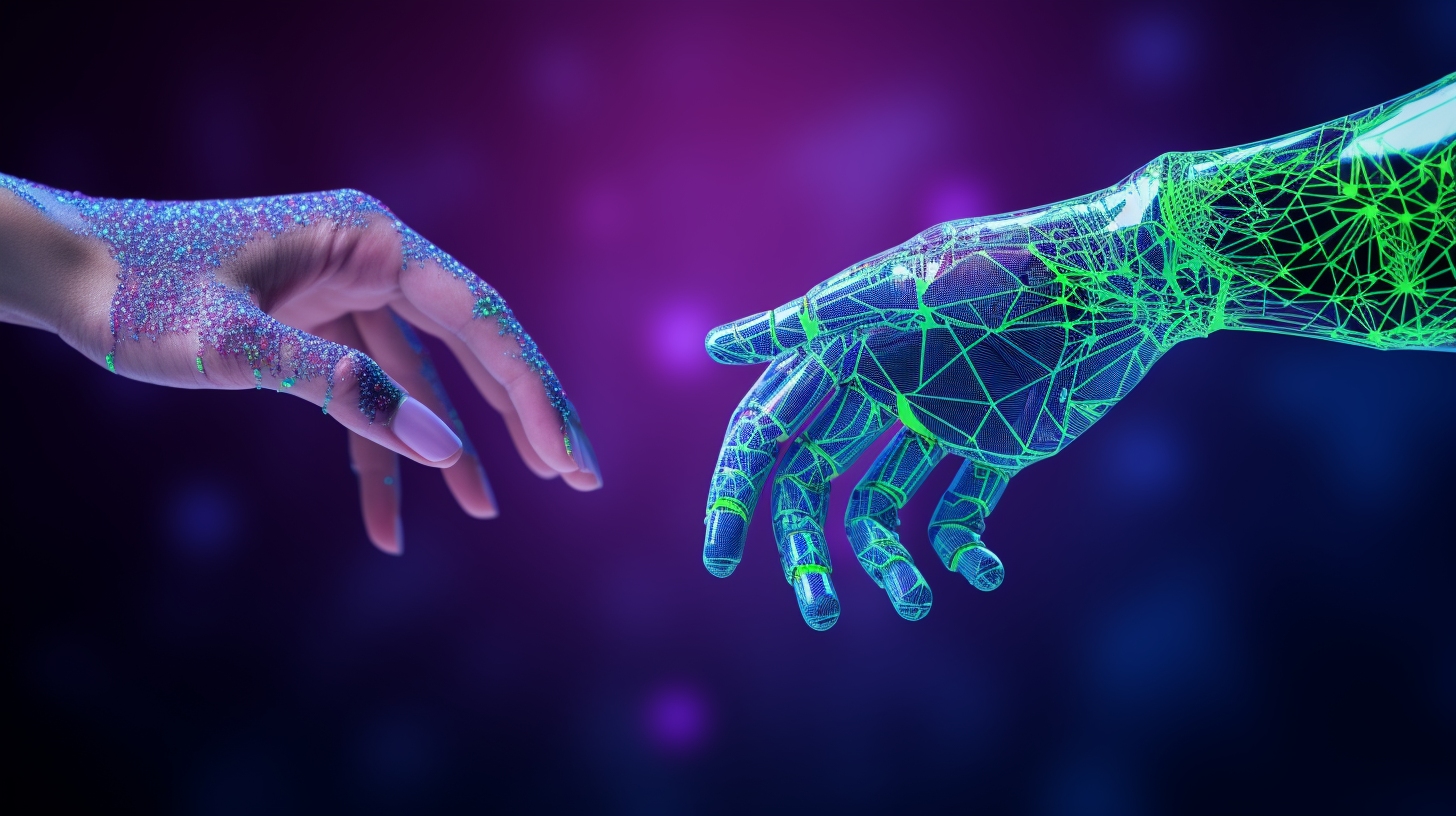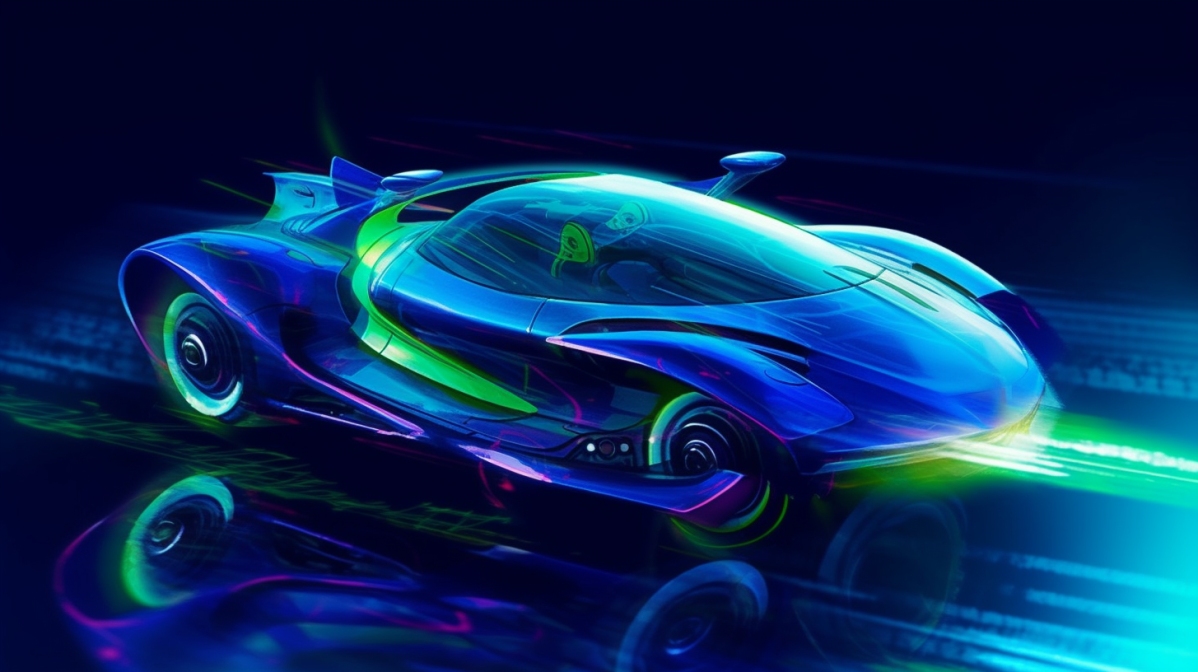Robotics is revolutionizing industries worldwide, from manufacturing and automation to healthcare and exploration.
Learning robotics allows you to delve into the fascinating world of designing, building, and programming intelligent machines capable of performing complex tasks.
By mastering robotics, you can open doors to exciting career opportunities in a rapidly growing field and contribute to shaping the future of technology.
Imagine creating robots that can assist in surgery, explore distant planets, or even help with household chores – the possibilities are endless!
However, navigating the vast landscape of online robotics courses can be overwhelming.
You’re likely searching for a program that not only provides a solid theoretical foundation but also offers hands-on experience and practical projects to solidify your understanding.
Finding a course that strikes the right balance between theory and practice, taught by industry experts, and tailored to your learning goals, can be a challenging task.
After careful consideration of various options, we believe the Robotics Software Engineer Nanodegree offered by Udacity stands out as the best course overall.
This comprehensive program delves deep into the software side of robotics, equipping you with the skills to design, build, and program robots using cutting-edge tools and technologies like ROS (Robot Operating System) and Gazebo simulator.
The inclusion of real-world projects and expert guidance makes this Nanodegree a top choice for aspiring robotics software engineers.
While the Robotics Software Engineer Nanodegree is our top recommendation, Udacity offers a variety of other excellent robotics courses tailored to different interests and skill levels.
Read on to explore other options and discover the perfect program to launch your robotics journey.
Robotics Software Engineer Nanodegree
This Robotics Software Engineer Nanodegree equips you with the skills to build the bots of the future.
You start with the basics, learning what defines a robot and getting comfortable with Gazebo, a robot simulator where you build your first virtual world.
You then explore ROS (Robot Operating System), learning to write ROS nodes, the building blocks of robot behavior.
You then delve into the intricacies of robot navigation.
You learn how robots use Kalman Filters to track their position and even build your own Monte Carlo Localization system using C++.
The course then navigates the complexities of SLAM (Simultaneous Localization and Mapping), where robots map their environment while simultaneously determining their location, using techniques like Occupancy Grid Mapping and GraphSLAM.
The curriculum covers the challenges of Path Planning, teaching robots to navigate from point A to point B, avoiding obstacles along the way.
You explore classic algorithms and delve into sophisticated, probabilistic approaches.
You can even choose to apply your newfound knowledge to a real-world KUKA robot arm in an optional project.
The program doesn’t just focus on technical skills; it also prepares you for the job market.
You learn how to optimize your LinkedIn and GitHub profiles and gain valuable insights into acing those all-important Autonomous Systems job interviews.
Robotics and Embedded Systems Nanodegree
This Udacity Nanodegree equips you with a comprehensive understanding of embedded systems and robotics.
You will begin by mastering stepper motors, the driving force behind robotic movement.
Through hands-on exercises, you will learn to control these motors using device drivers, libraries, and programming principles, gaining practical skills applicable to real-world robotics.
You will then delve into the world of sensors, exploring how they enable robots to perceive and interact with their surroundings.
You will master the integration and utilization of ultrasonic sensors for distance measurement and learn to implement I2C communication, a crucial protocol for connecting various sensors, including accelerometers, to your embedded systems.
This knowledge is fundamental for building robots capable of navigation, obstacle avoidance, and movement detection.
Finally, you will put your knowledge into practice by building a sensor robot, applying everything learned throughout the course.
This project serves as a portfolio piece and allows you to solidify your understanding of embedded systems and robotics.
The program also provides career services to help you optimize your LinkedIn and GitHub profiles, making you stand out to potential employers in the exciting field of robotics.
Introduction to Robotics Nanodegree
This Udacity Nanodegree equips you with the foundational knowledge and practical skills needed to excel in the world of robotics.
Starting with the essentials, you will master control techniques using logic analyzers and Pulse Width Modulation to command actuators effectively.
You will become proficient in working with DC motors and encoders, understanding the nuances of different motor types, and deciphering the feedback provided by rotary encoders.
You will then transition to more sophisticated motor control, mastering the precise control of servo motors and harnessing the power of advanced analog input for refined movements.
Your journey will include learning how to process data from serial terminals, an essential skill for robot communication.
This knowledge will culminate in a practical project where you will build a Pan & Tilt Controller for a camera, demonstrating your newfound expertise.
This Nanodegree recognizes the importance of career readiness and provides resources to help you shine in the job market.
You will receive guidance on how to craft a compelling resume, optimize your LinkedIn profile for maximum visibility, and showcase your skills effectively on your GitHub profile.
This multifaceted approach ensures you are well-prepared, not just with robotics knowledge, but also with the tools to secure your dream job in this exciting field.
Artificial Intelligence Nanodegree
This program equips you with the fundamental concepts of artificial intelligence and empowers you to apply them to practical scenarios.
You’ll learn from renowned experts such as Sebastian Thrun, the visionary behind Udacity and Google X, and Peter Norvig, a leading figure at Google Research.
Your journey begins with the basics, using constraint satisfaction to build a Sudoku solver.
You then delve into classical search, mastering strategies like uninformed and informed search to tackle intricate problems.
The course guides you in building a forward-planning agent, a vital skill in AI, enabling you to solve real-world challenges.
You’ll explore optimization techniques like hill climbing, simulated annealing, and genetic algorithms, equipping you to find the best solutions for complex problems.
The program delves into adversarial search, where you’ll grasp the concept of Minimax search and build an agent capable of playing games against opponents.
You’ll then explore probabilistic graphical models, focusing on Bayes Nets and Hidden Markov Models, even building a spam classifier using Naive Bayes and a Part of Speech Tagger using HMMs.
Computer Vision Nanodegree
If you’re looking to understand how computers can “see” and analyze images, this Udacity Nanodegree is a great place to start.
You’ll learn from experts like Sebastian Thrun, the founder of Google X, and Cezanne Camacho, a Stanford graduate specializing in computer vision.
They’ll guide you through the fundamentals of computer vision, starting with image representation and moving on to more complex concepts like convolutional filters and feature extraction.
You’ll gain practical experience using Python and PyTorch, powerful tools for building deep learning models.
You’ll then explore advanced deep learning architectures, including CNNs, RNNs, and LSTMs, understanding how these models learn to recognize objects and patterns.
You’ll even build your own facial keypoint detection system!
The course delves into object tracking, teaching you how to use Kalman filters to predict movement.
You’ll also explore SLAM, a technology that helps robots understand their surroundings.
To ensure your code runs smoothly and efficiently, you’ll even learn C++ and practice optimizing its performance.
This Nanodegree doesn’t just stop at theory.
You’ll apply your knowledge to real-world projects like building an image captioning program and a system for landmark detection and tracking.
You’ll even explore how computer vision is used in fields like medicine, learning how to apply deep learning to detect skin cancer.
You’ll also learn how to analyze text sentiment, a valuable skill in today’s digital world.
Flying Car and Autonomous Flight Engineer Nanodegree
Picture this: you’re learning directly from giants in the field, like Sebastian Thrun, the mastermind behind Google X’s self-driving car, and Raffaello D’Andrea, who co-founded Amazon Robotics.
These experts, alongside others from MIT and Stanford University, guide you through the complexities of autonomous flight, starting with the basics of drone technology and advancing to the intricate world of flying cars.
Imagine yourself writing code that directs real aircraft, all within a safe simulated environment.
You’ll grapple with concepts like “Planning as Search,” learning to map out the movements of flying cars in a 3D space.
You’ll delve into vehicle dynamics, understanding how your code translates to real-world movement.
You’ll even master the art of “Estimation,” using sensors and algorithms like the Extended Kalman Filter to navigate even when GPS is unavailable, a crucial skill for any aspiring autonomous flight engineer.
This isn’t just theoretical knowledge.
You’ll put your skills to the test by building a 3D motion planner for a flying car and tackling a challenging project focused on “Estimation.”
You can even choose to explore the world of fixed-wing aircraft, delving into concepts like lift and drag.
And when you’re ready to launch your career, Udacity provides the tools to optimize your LinkedIn and GitHub profiles, ensuring you stand out in the competitive field of autonomous systems.
Introduction to Self-Driving Cars Nanodegree
This nanodegree throws you right into the driver’s seat of self-driving car development, starting with the basics of probability and how to use it to make smart decisions.
You learn about Bayes’ Rule, a way to make predictions even with limited information, and you’ll code it all in Python.
You’ll also tackle linear algebra and matrices, the math behind how robots navigate.
This includes diving into Kalman Filters, tools used to predict a vehicle’s future location even with unreliable sensor data.
Next, you’ll learn C++, a powerful programming language widely used in self-driving car development.
You’ll discover how to write code that runs quickly and smoothly, essential for real-time applications.
You will explore data structures and algorithms, which help you organize and process information efficiently, like a self-driving car navigating a complex environment.
You’ll also learn how vehicles move and are controlled using physics and calculus, allowing you to understand the mechanics behind autonomous driving.
The course then shifts gears to computer vision and machine learning, teaching you how to give your self-driving car “eyes” to understand its surroundings.
You’ll build a Traffic Light Classifier, a program that can identify traffic lights using computer vision and machine learning.
The instructors who lead this Nanodegree are experts from top companies and universities like Google X, MIT, and Stanford University.
Self Driving Car Engineer Nanodegree
This 5-month program, crafted by experts from leading companies like Mercedes-Benz and Kodiak, equips you with the skills needed to shape the future of autonomous vehicles.
The curriculum starts with Computer Vision, teaching you how to employ deep learning to teach cars to see.
You will master techniques like building convolutional neural networks (CNNs) for object detection, a crucial skill for navigating busy streets.
Next, you will explore Sensor Fusion, which teaches your car to combine data from different sensors like cameras and LiDAR.
This creates a comprehensive understanding of the environment, similar to how humans use multiple senses.
You will even dive into Kalman Filters, a powerful tool used for tracking moving objects in real-time, a must-have for any self-driving car.
Localization is another key aspect you will master, learning how to pinpoint your car’s exact location on a map.
You will work with scan matching algorithms, essential for building accurate maps and ensuring your car knows its whereabouts.
The Planning section delves into making decisions, teaching the car how to navigate safely and efficiently.
This involves mastering concepts like behavior planning, trajectory generation, and motion planning.
Finally, you’ll conquer Control, the art of making the car follow these plans.
You will learn about PID control and how it helps in achieving smooth and accurate movements, making sure your car stays on track.
Also check our posts on:








